Introduction
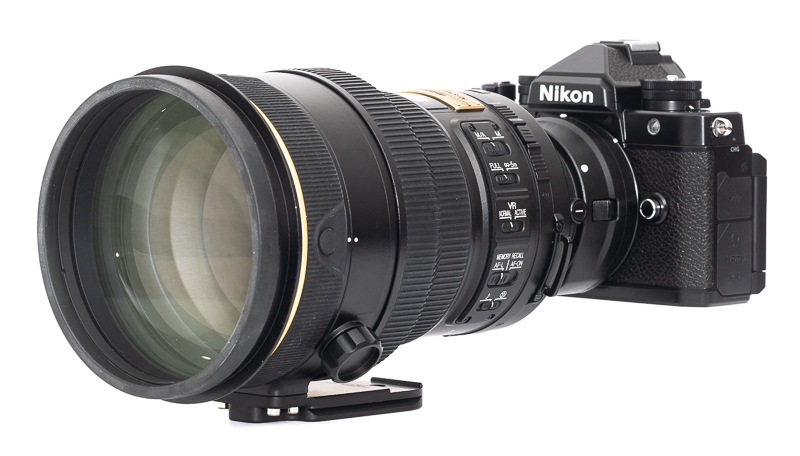
When making the transition from Nikon DSLRs to Sony fullframe mirrorless, letting my Nikon AF-S 200mm 2.0G VRI go was not an easy decision. At that time there were no decent Nikon-F to Sony-E adapters available though – let alone mirrorless cameras made by Nikon – and I couldn’t afford to keep a Nikon DSLR only for using this lens. I took the opportunity to try out some (most) of the competitors in the meantime, but none of those lenses convinced me as much as this Nikon. Let me tell you why in this review.
Sample Images


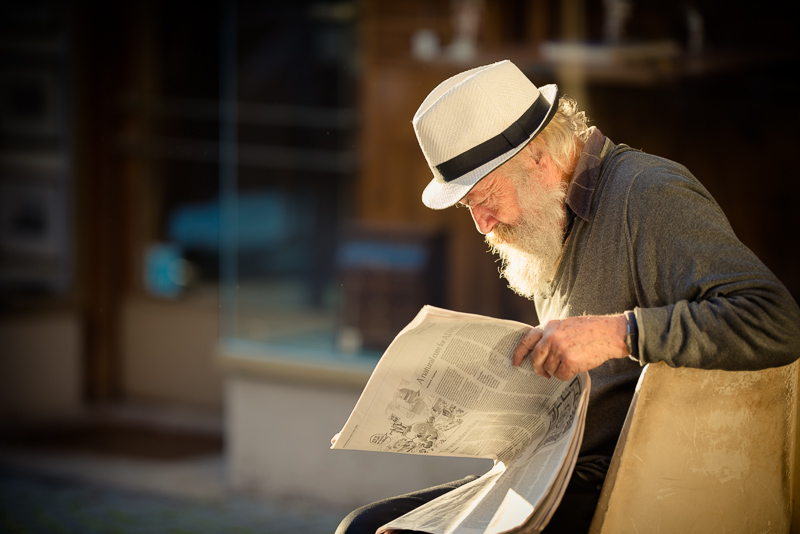


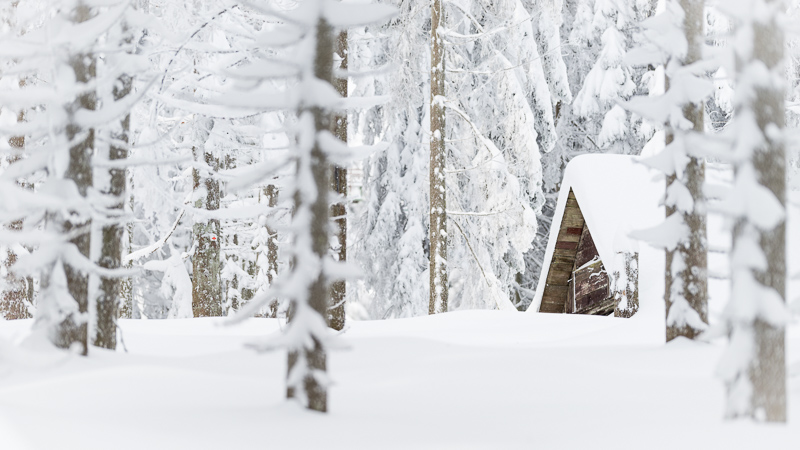

You can find most of the shots in this review in full resolution here.
Contents
Specifications / Version History
Nikon was the first manufacturer to offer a 200mm 2.0 lens in 1977. Then in 2004 they released this completely redesigned AF-S lens, which received a minor update in 2010.
- Nikon 200mm 2.0 IF-ED Ai ~1250 pcs
retractable hood, 1977-1982 - Nikon 200mm 2.0 IF-ED Ai-s ~630 pcs
same as before but Ai-s, 1982-1986 - Nikon 200mm 2.0 IF-ED Ai-s New ~1800 pcs
identification plate, removable HE-4 hood, gel holder, 1986-2005 - Nikon AF-S 200mm 2.0G IF-ED VR ~5900 pcs
first gen VR, red VR logo, 2004-2010 - Nikon AF-S 200mm 2.0G IF-ED VR II N ~5500 pcs
second gen VR, gold VR logo, nano coating, different nameplate, otherwise same as before, 2010-2020
This is a review of one of the first generation AF-S VR lenses made from 2004 to 2010 which is often referred to as “VRI/VR1”, it has the following specifications:
-
- Diameter: 124 mm
- Field of view: 12°20′ (diagonally)
- Length: 204 mm
- Weight: 2910g (measured, without hood and caps)
- Filter Diameter: 52 mm (rear slot-in)
- Number of Aperture Blades: 9 (rounded)
- Elements/Groups: 13/9 + built-in protection filter + rear filter
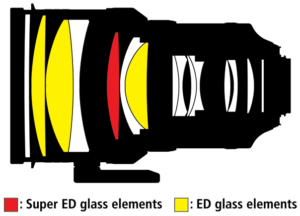
- Close Focusing Distance: 1.9 m
- Maximum Magnification: 1:7.5
- Mount: Nikon-F
You can find additional information on the development of this lens and the importance of the Super ED element here.
buy from ebay.com | ebay.de | B&H (affiliate links) starting at ~$2500 (used)
Handling / Build Quality
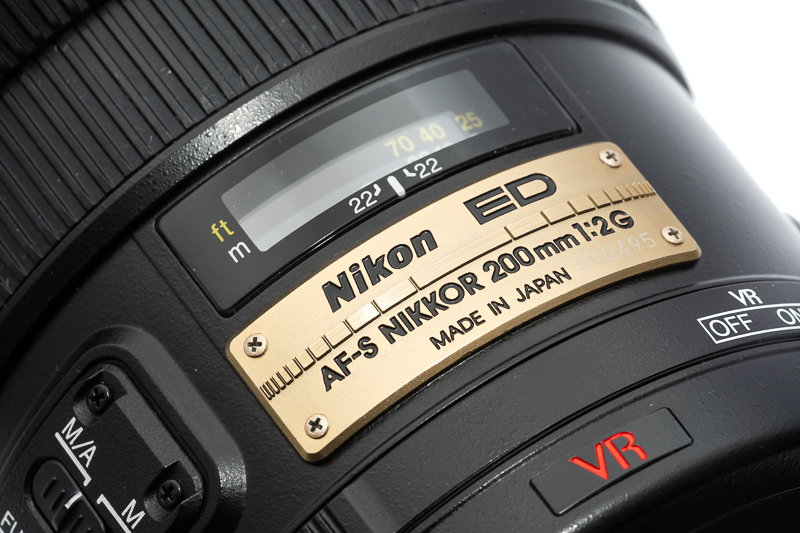
The Nikon AF-S 200mm 2.0G IF-ED VR has been designed with professional use in mind and feels like a very solidly made lens. These super tele lenses are probably the best Nikon had to offer during the AF-S era in terms of build quality.
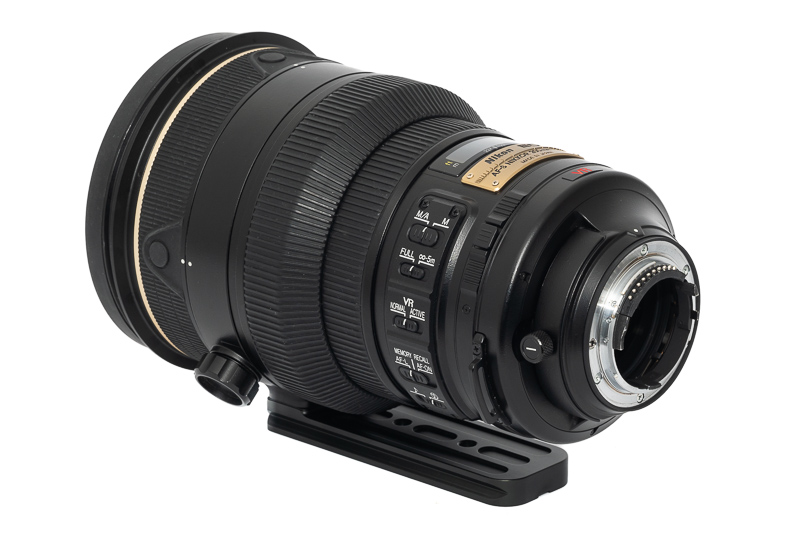
The huge focus ring rotates exactly 180° from the minimum focus distance (1.9 m) to infinity. For an AF lens it features a nice resistance and there is also no slack when changing the direction of rotation of it.
At the front there are also four radially orientated lens buttons.
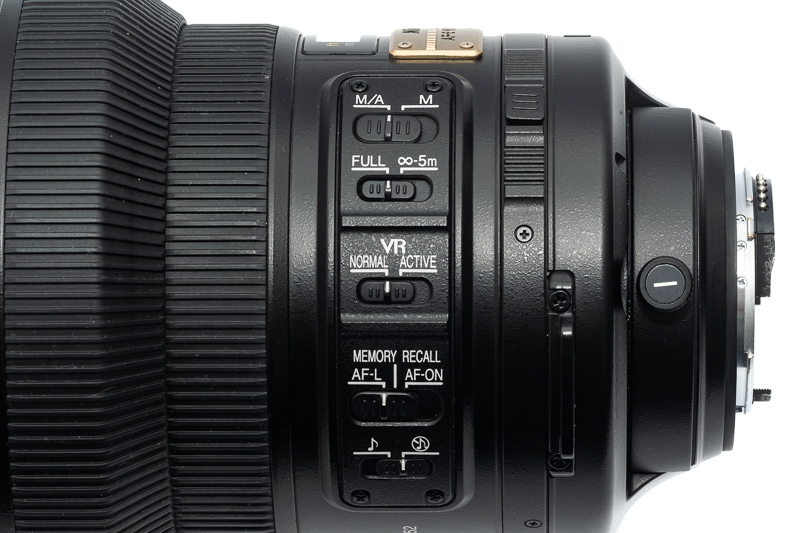
On the left side of the lens there are a bunch of switches: AF/MF, focus limiter, VR setting, lens button functionality and memory recall beep on/off.
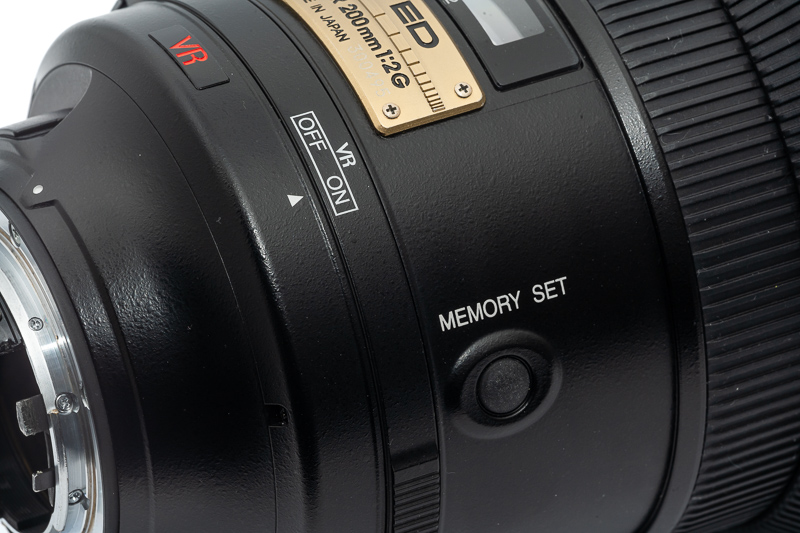
For actually turning the VR on and off there is an additional ring switch, similar to the AF/MF ring switches on Nikon’s higher grade AF(-D) lenses. On this side there is also a focus distance memory set button to be found.

The lens also has a rear filter slot. It comes with a filter drawer that features a standard 52mm screw-on clear filter that can already be replaced with another standard 52mm filter (e.g. an ND filter). A polarizer that can be controlled from the outside is sold separately (Nikon C-PL3L).
The Nikon AF-S 200mm 2.0G comes with a huge lens hood (HK-31) and as you will see in the flare resistance section it is often a good idea to use it.
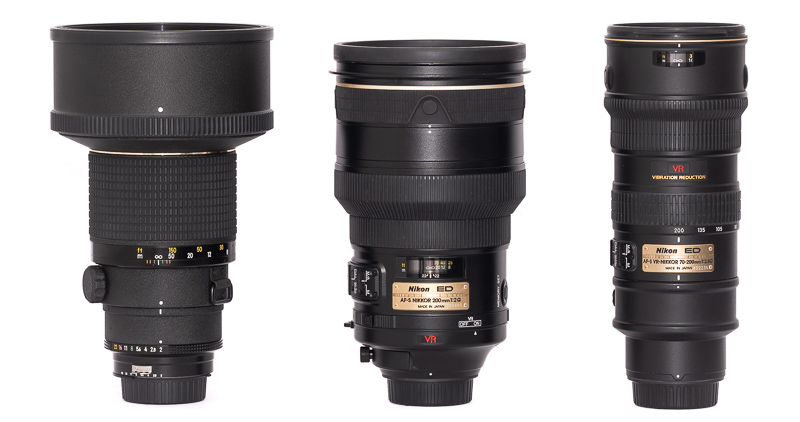
The price to pay for that extra stop over a 200mm 2.8 lens is high, as you need that front element with a diameter of at least 10 cm compared to the 71mm you need for a 200mm 2.8 lens.
There is one more thing, the AF-S motor of this lens may exhibit some high pitched squeaking noise. This can be a sign of the AF-S motor failing, but often this is merely a sign of the lens not having been used for a long time (and not being stored properly) and after a little use the noise disappears. There is no guarantee for that though.
AF Performance
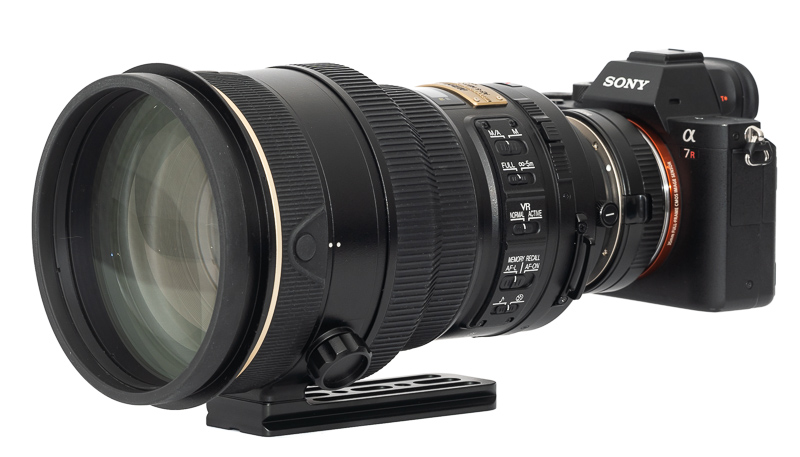
In terms of AF performance these super tele lenses are the best Nikon has to offer and this 200mm 2.0 is no exception. The AF is always blazingly fast. This is still the case when using this lens via an FTZ adapter on a Z-mount camera and even when using it via the Monster LA-FE1/2 adapter on an E-mount camera.
Vignetting
light falloff
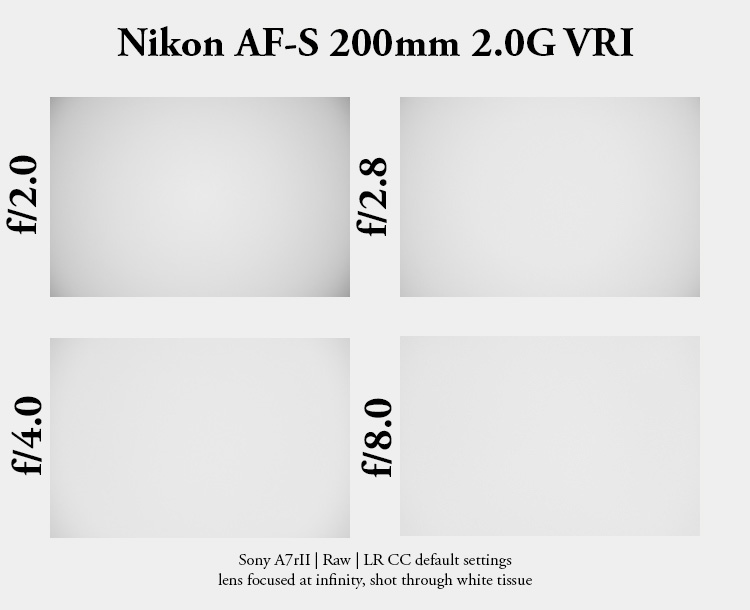
| f/2.0 | 1.8 EV |
| f/2.8 | 1.1 EV |
| f/4.0 | 0.6 EV |
| f/5.6 | 0.4 EV |
| f/8.0 - f/22 | 0.2 EV |
Wide open the vignetting amounts to almost 2 EV in the corners but things improve fast on stopping down. Latest by f/5.6 it is hardly noticeable anymore. All the super fast 200mm lenses I tried show a very similar performance here and the differences are negligible.
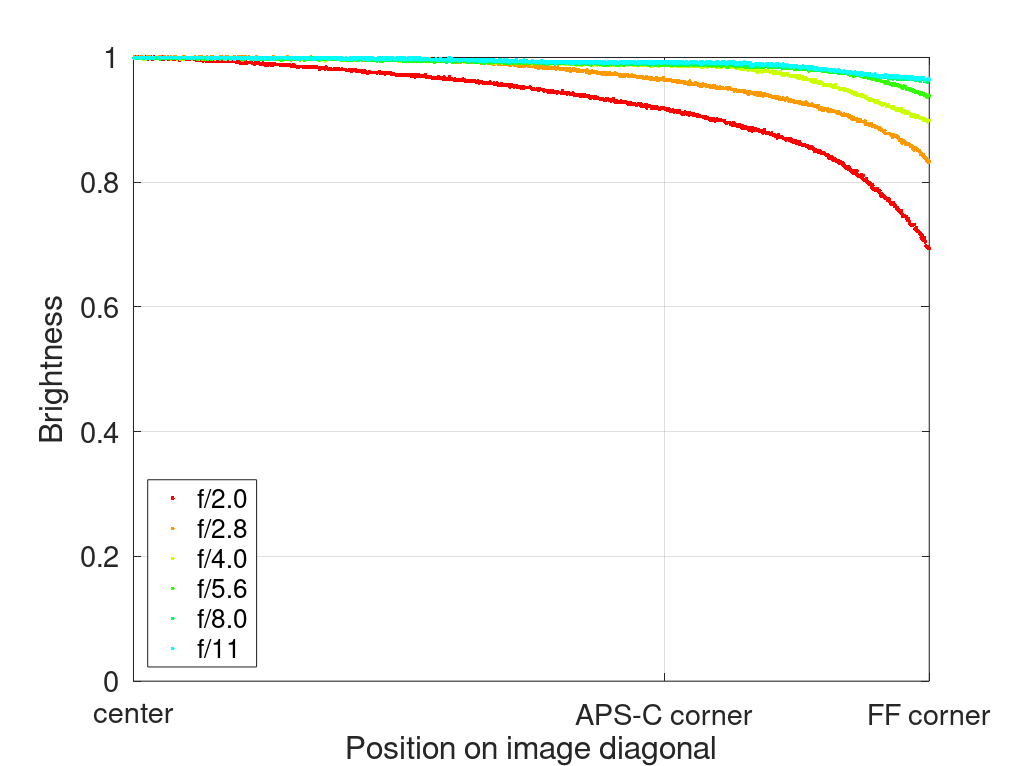
It is recommended to have a look at this article first to get an idea how this brightness graph works.
optical vignetting
Very fast lenses usually show a significant amount of optical vignetting. Without going too much into technical details optical vignetting leads to the truncation of light circles towards the borders of the frame.
In the center of the frame almost every lens will render a perfect circle, but only lenses with very low optical vignetting will keep this shape in the corners.
So in the following comparison we move from the center (left) to the extreme corner (right) and see how the shape of the light circle changes.
This Nikon AF-S 200mm 2.0G actually shows less optical vignetting than its predecessor, the Nikon 200mm 2.0, and also a little less than either, the Canon EF 200mm 1.8L and the Canon EF 200mm 2.0L IS. Thanks to its nine rounded and well calibrated aperture blades the highlights also stay nicely round on stopping down, leading to more natural looking ones – especially compared to the Canon EF 200mm 1.8L and the Olympus 180mm 2.0 with their unnatural sawtooth highlights.
Sharpness
MTF-Graphs
According to Nikon’s MTF graphs, this lens should have an impeccable performance in center of the frame, yet the corner regions show some astigmatism and a generally lower performance.
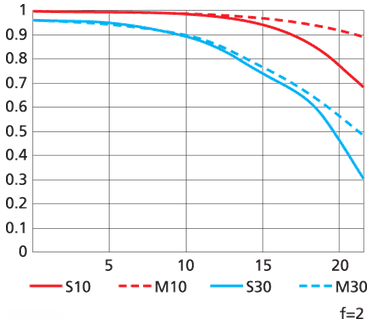
Compared to the longer super tele lenses, some people where initially a bit put off by these graphs, as the longer ones often show a straight line without any drop in corner performance.
Most MTF-Graphs show calculated values that do not take into account manufacturing tolerances and sample variation. Furthermore they are usually calculated for infinity, so in the field and shooting at different distances a noticeable variation may be visible.
Focus Shift
I might see a tiny bit of focus shit here between f/4.0 and f/2.8, but not nearly enough to worry about. Like anyone will ever use this lens stopped down anyway…
infinity (42mp Sony A7rII)
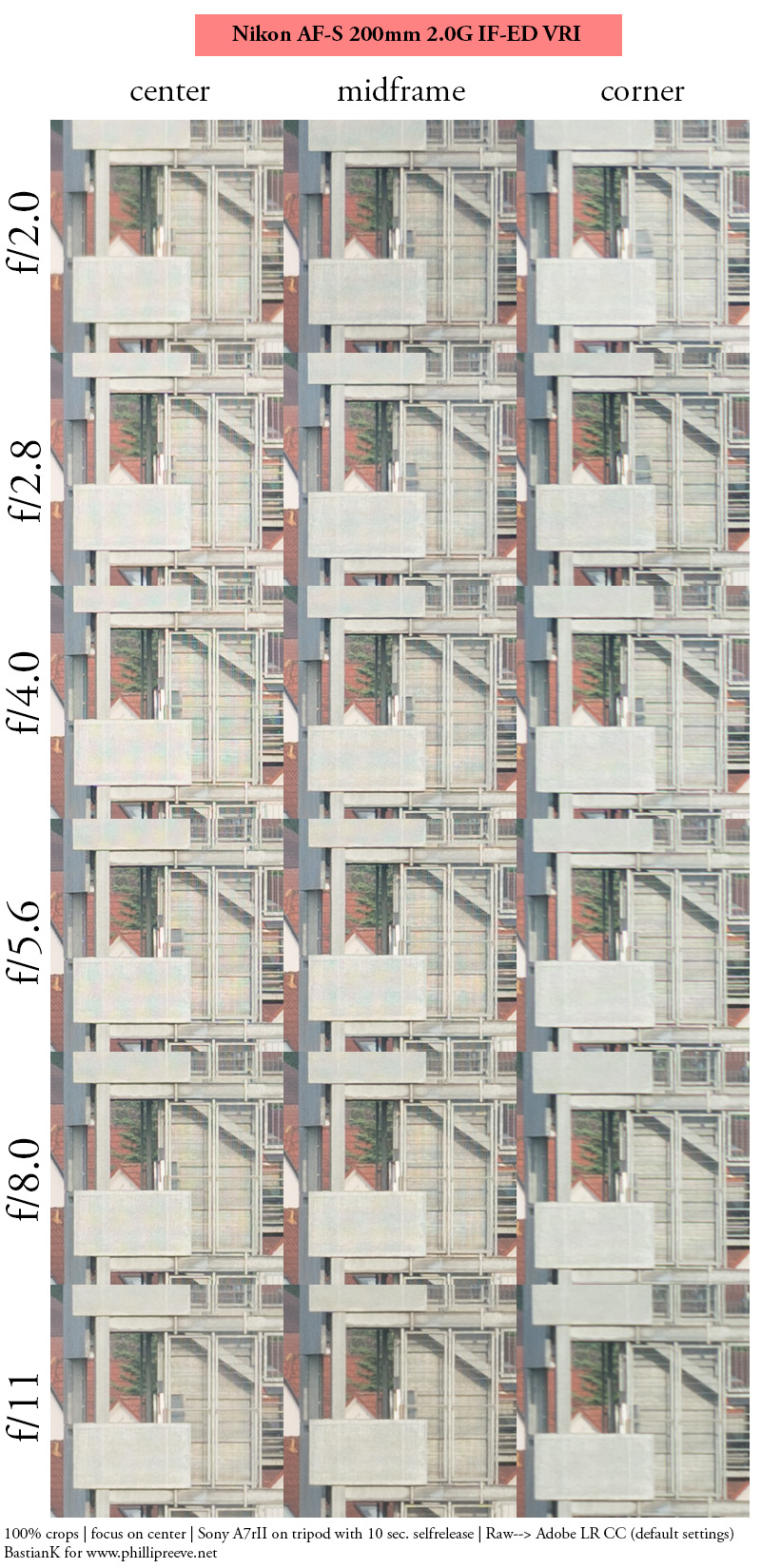
According to the MTF graphs we should not expect an amazing performance in the corners at f/2.0, but they look pretty damn good to me nevertheless. Center and midframe look amazing from f/2.0 anyway.
The Canon EF 200mm 2.0L IS shows very similar performance at infinity. The Canon EF 200mm 1.8L is actually the best of them and looks amazing right from the maximum aperture. But those are not really field relevant differences.
portrait distance 5.0 m (42mp Sony A7III)
For portraiture it isn’t so important how flat the field is, it is more interesting to see what the sharpness is like when focused at different parts of the frame to take field curvature out of the equation.
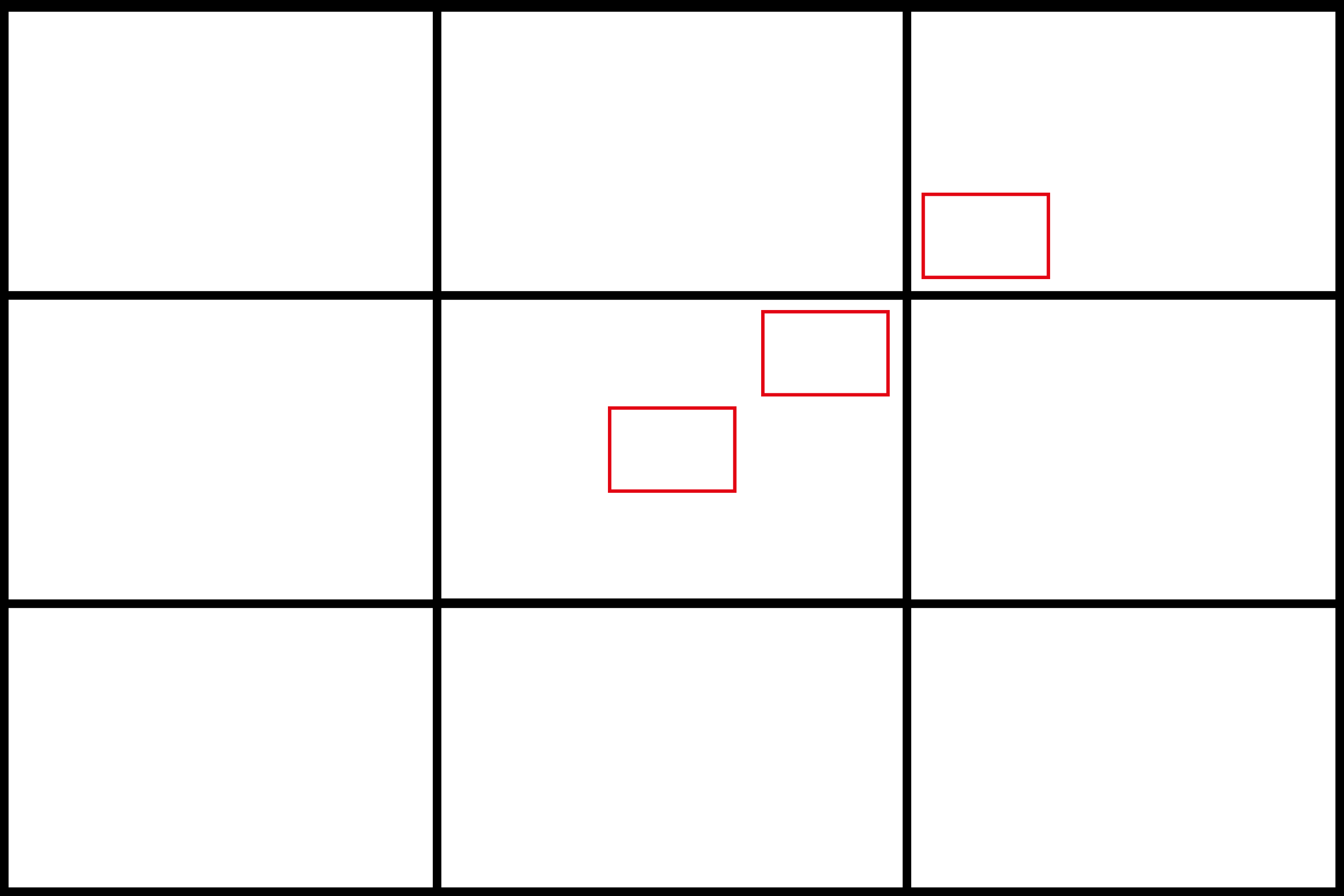
This is what I did here, I refocused for every shot and aperture to get the best possible result at different locations in the frame (center, inner midframe and outer midframe).
Focus distance was roughly 5.0 m and the circle of the dollar bill is more or less the size of a human eye.
f/2.0 <————> f/2.8
At this distance the Nikon AF-S 200mm 2.0G shows an amazing performance. We could argue, that stopping down to f/2.8 increases the contrast in the outer midframe a bit, but already at f/2.0 everywhere is full of moiré anyway.
close focus 1.9 m (42mp Sony A7rII)
100% crops from center, A7rII
Also here the performance is really good, as f/2.0 barely looks worse than f/4.0. The manual focus predecessor didn’t focus as close, yet it had huge problems with spherical aberration at its maximum aperture, leading to a very soft image.
Flare resistance

As is the case with most of the super tele lenses this is definetly a weak spot. Ghosting isn’t really something to worry about, but veiling flare often has the potential to ruin your shots.
I also recommend to always use the huge lens hood (true for every long tele actually), as it will be even worse when not doing that.

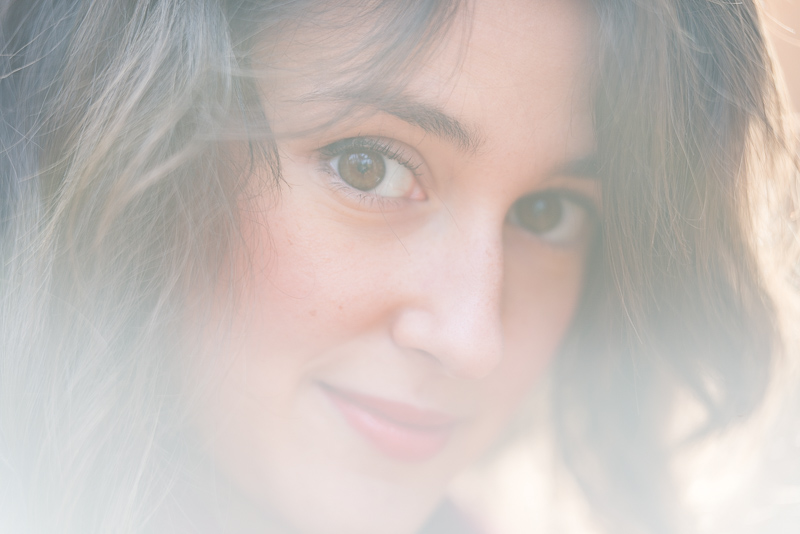
This is a common issue with (fast) tele lenses though and the competition I tried isn’t any better.
Having the sun inside the frame was usually not that much of a problem:

The VRII version also features additional Nano Coating. As far as I know this can help to reduce ghosts (which were never a problem), but doesn’t help with veiling flare (which is actually the problem). I didn’t do any side-by-side comparisons, but I have severe doubts the VRII version actually performs better here.
Distortion
The lens is practically distortion free.
Bokeh

I tried most of the 180-200mm f/1.8-f/2.0 lenses by now and this Nikon AF-S 200mm 2.0G is actually the one which I think renders the most beautiful out of focus backgrounds.
Close Distance
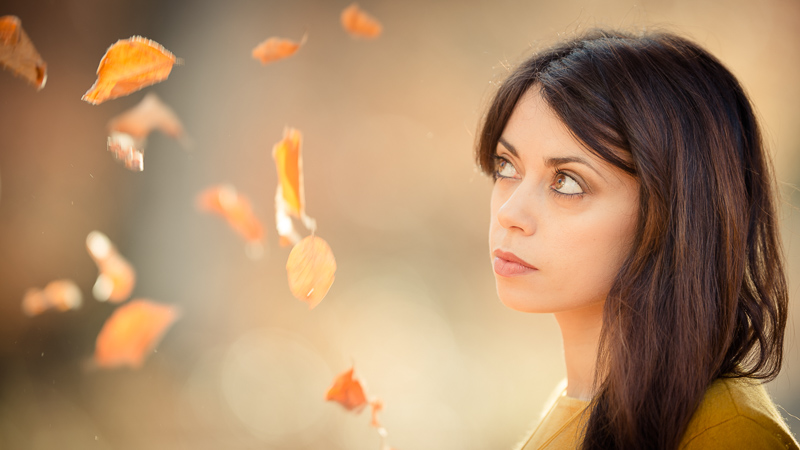

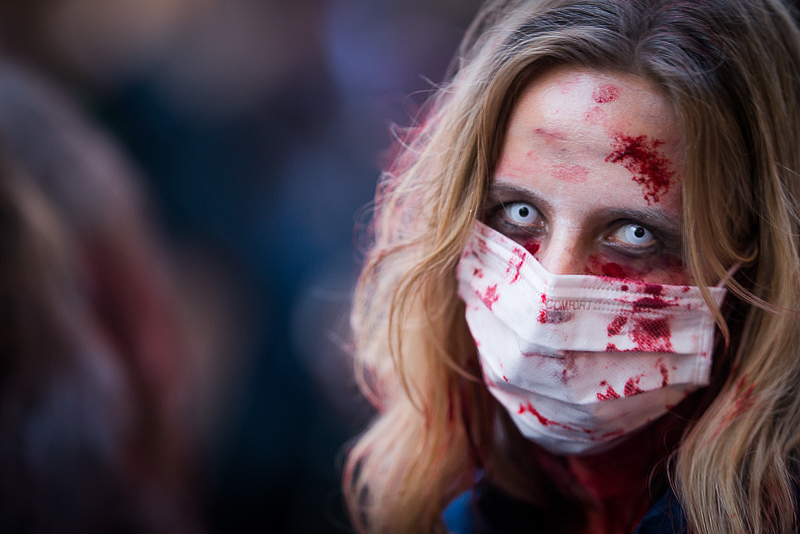
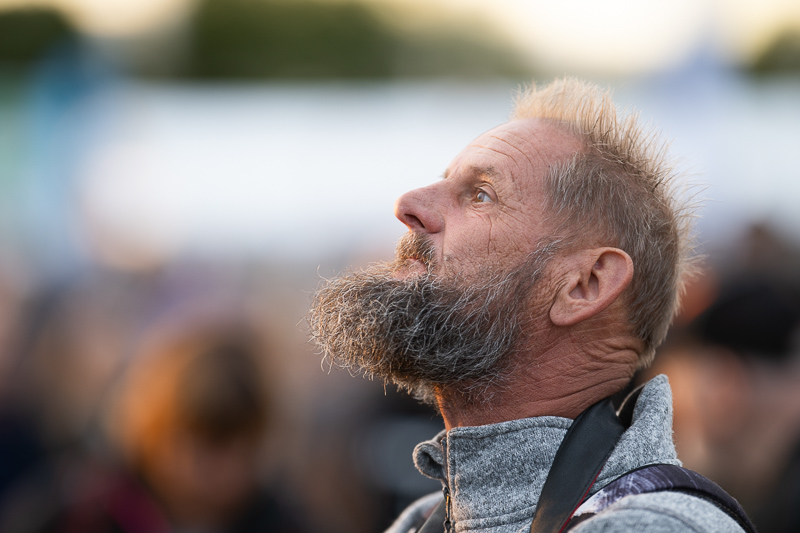
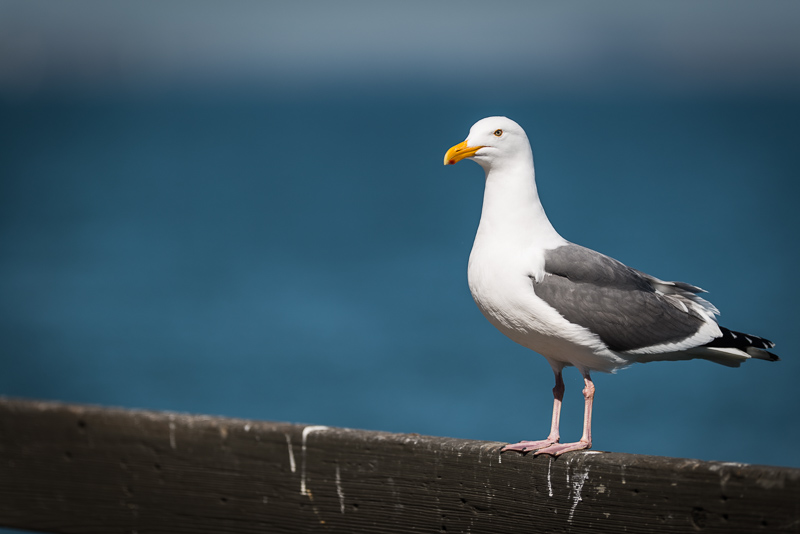
This lens strikes a great balance between very high contrast and resolution in the focal plane and beautifully smooth background rendering, something you rarely find in the latest lenses with even more complex optical designs.
I also used this lens as a “tele macro” in combination with the TC-20E II teleconverter a lot, as you can see from several of the sample pictures in this review.


Mid Distance
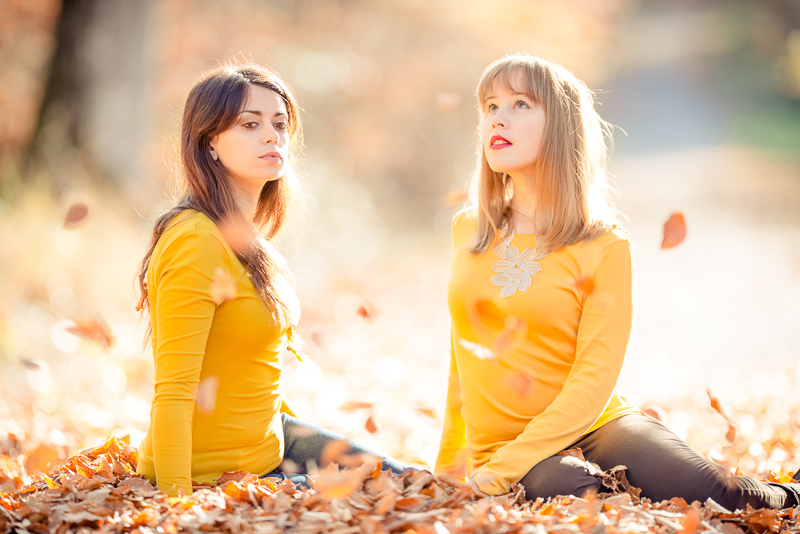


If there is more than one person in your pictures the depth of field will often not be sufficient to get everything in focus that should be in focus. With only two people you can also try to position yourself correctly to have both faces in the focal plane, as I did in one of the samples above.
Long distance

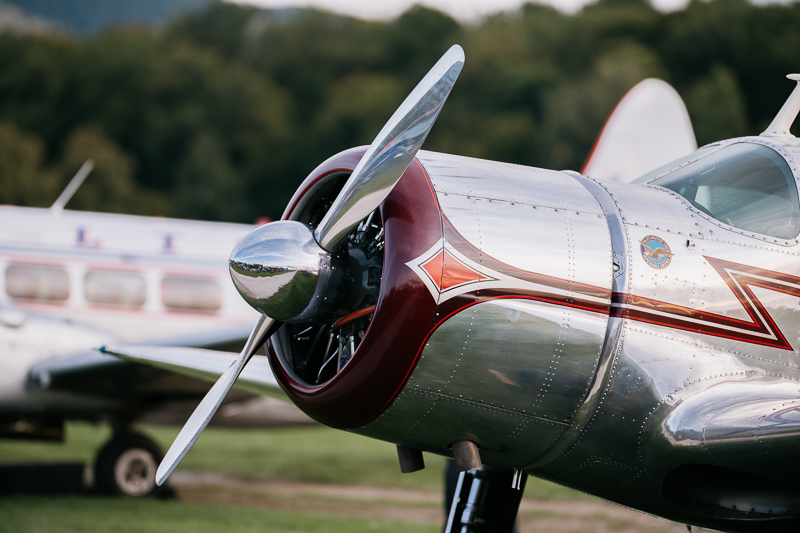

Long focus distances are where this class of lenses really shines, as they allow to create a very shallow depth of field even in full body portrait situations or with big objects like cars. The disadvantage is, that you need enough room to work with such a long lens.
Brenizer / Bokehpanorama

Due to its huge entrance pupil this lens is also a very interesting option for taking Brenizer/Bokehpanoramas. As it has slightly less optical vignetting than either the Canon EF 200mm 1.8L or 200mm 2.0L IS it is in my opinion actually the best lens ouf of these three for this application.
Coma
Sony A7rII | Nikon AF-S 200mm 2.0G IF-ED VR | 100% crops from extreme corner
Some people like to use these super fast 200mm lenses for deep sky astrophotography, where a good coma correction does actually matter. The coma correction is unsurprisingly very good here.
Sunstars
I doubt anyone on their sane mind will use this lens to shoot architecture during blue hour, but if you do, it can create decent 18-pointed sunstars stopped down between f/8.0 and f/22.
If you want to learn more about this topic have a look at this article.
Chromatic aberrations
lateral
The predecessor showed very strong lateral CA and interestingly also here this aberration is not corrected perfectly. It is not overly pronounced and easily corrected in post by just one click though, so nothing to worry about.
If you care: out of the lenses in this class the Canon EF 200mm 2.0L IS corrects this aberration the best. The Canon EF 200mm 1.8L shows a performance very similar to this Nikon lens.
longitudinal
In addition to three huge ED elements this lens also features a huge Super ED element and it seems these are no joke, as the correction of longitudinal CA is absolutely exceptional. I took thousands of pictures with this lens and there isn’t even one with a noticeable amount of fringing I could show you.
This is a lens that would actually deserve an Apo tag by my book – unlike many lenses that do carry one and are not nearly corrected as well. Also a huge step up from its predecessor.
Conclusion
good
|
average
|
not good
|
This Nikon AF-S 200mm 2.0G VRI was actually the first lens in this class of super fast 100-mm-entrance-pupil tele lenses I bought/used and in the meantime many more followed (Olympus 180mm 2.0, Nikon 200mm 2.0 IF-ED, Canon 200mm 1.8L, Canon 200mm 2.0L IS, Zhong Yi 135mm 1.4). What I didn’t know when selling this lens in 2016 after moving from Nikon DSLRs to the Sony A7 Series: this will actually end up being my favorite of them all.
In my opinion Nikon found the ideal balance of high contrast and resolution in the focal plane and beautiful out of focus rendering here and they managed to do so with a perfect correction of longitudinal CA – something that often seems to rather have a negative impact on the bokeh quality.
Now obviously this isn’t a lens for everyone and every day. Size and weight are simply too prohibitive for that. But at its current used prices – I bought mine for 1800€ from a dealer with one year warranty – I actually think it is amazing value. If Nikon, Canon or Sony ever decide to make a new 200mm 2.0 lens – and at this point I highly doubt that – I am sure it will be at least $8000.
buy from ebay.com | ebay.de | B&H (affiliate links) starting at ~$2500 (used)
Alternatives
Auto Focus
Canon EF 200mm 2.0L IS USM
Currently the only competitor this lens has. The Canon lens has been released four years later (in 2008) and features a more complex optical design. The Canon lens is about 400g lighter – maybe due to the usage of a fluorite lens, technology not available to Nikon in 2004, as well as the lack of a built-in protection filter – and sharper in the corners at infinity at wider apertures. However, personally I prefer the bokeh of the Nikon lens and this is what I would ultimately buy a lens like this for.
buy from ebay.com | ebay.de | B&H (affiliate links) starting at $3500
Canon EF 200mm 1.8L:
This lens is a 1/3rd of a stop faster than the f/2.0 lenses, but apart from that I prefer both, this Nikon and the aforementioned Canon. Both these 200mm 2.0 lenses are: lighter, easier to handle, have better aperture diaphragms, better minimum focus distance, IS/VR, no focus by wire and spare parts are still available.
buy used from ebay.com | ebay.de (affiliate links) starting at $2500
Manual Focus
Nikon 200mm 2.0 IF-ED:
The predecessor from 1977 and the most affordable lens in this class. It is not nearly as well corrected but already created similarly nice bokeh.
buy used from ebay.com | ebay.de (affiliate links) starting at $1800
Canon nFD 200mm 1.8L:
Same optical design as the EF version mentioned above, but manual focus only and with FD mount. Very rare!
buy used from ebay.com (affiliate link) starting at $5000+
Olympus OM Zuiko 180mm 2.0:
It is quite a bit lighter than the other lenses mentioned here and also offers the highest magnification. Very rare, too expensive compared to the Nikon/Canon options.
buy used from ebay.com (affiliate link) starting at $5000+
Olympus OM Zuiko 250mm 2.0:
A very rare and spectacular lens. Noticeably heavier and therefore more difficult to handle.
buy used from ebay.com (affiliate link) starting at $8000+
Contax/Yashica Zeiss Aposonnar 200mm 2.0 T*:
I barely know anything about this lens. If you happen to own one and would be willing to let go for it for me to write a review: drop me a note.
buy used from ebay.com (affiliate link) starting at $3500+
Leica APO-Summicron-R 180mm 2.0:
This is the most expensive lens in this class. Today most of them are probably in some collector’s showcases and therefore I can’t tell you much about it. If it is a true apochromatic design it might be – in terms of optical quality – the best manual lens in this class, but I will probably never find out. If you happen to own one and would be willing to let go for it for me to write a review: drop me a note.
buy used from ebay.com (affiliate link) starting at $7000+
Sample Images




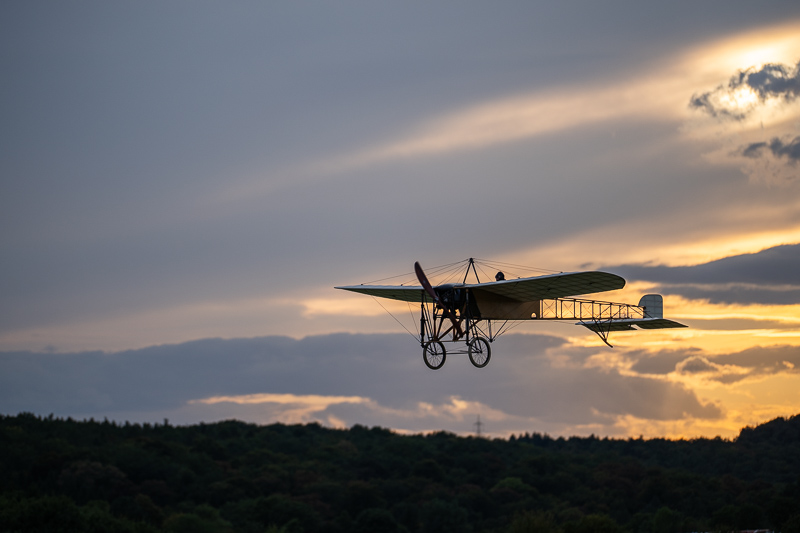
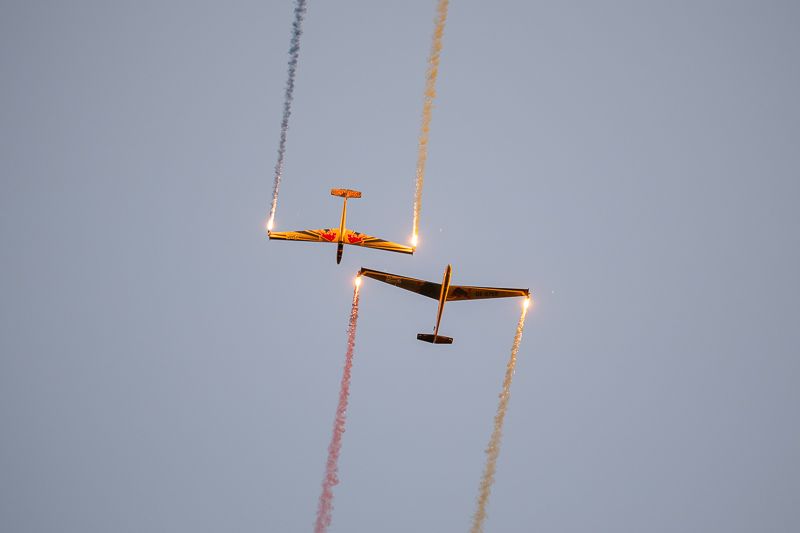
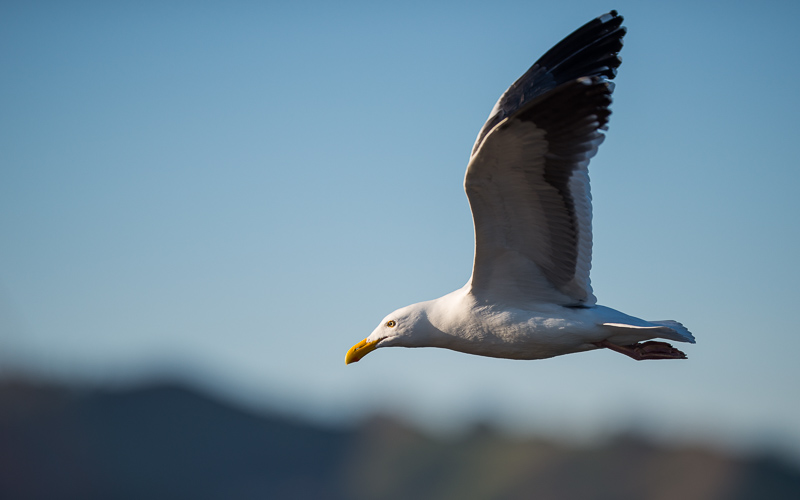

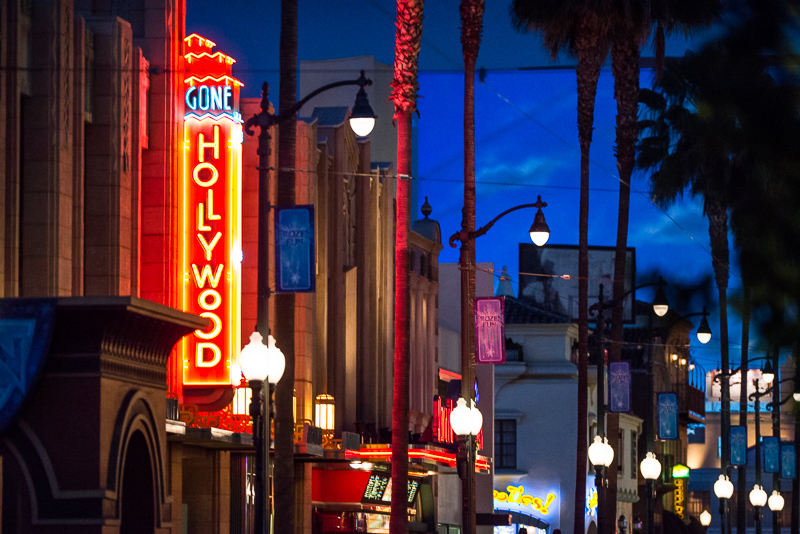



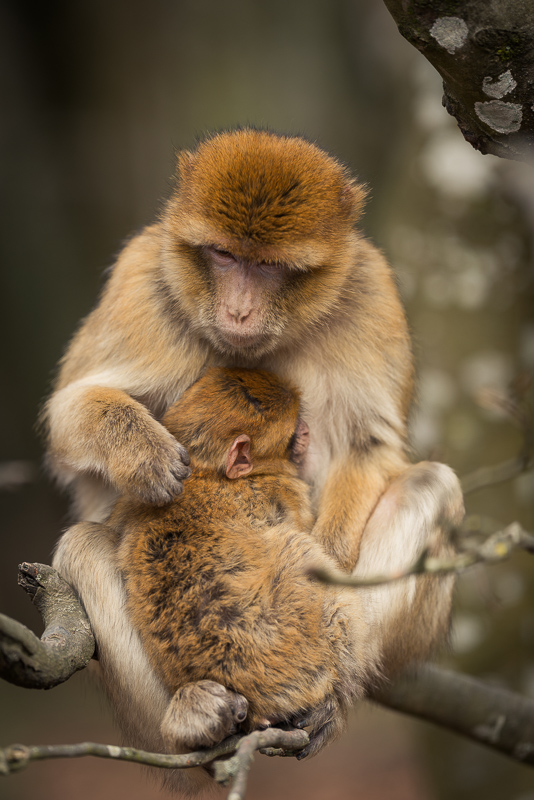
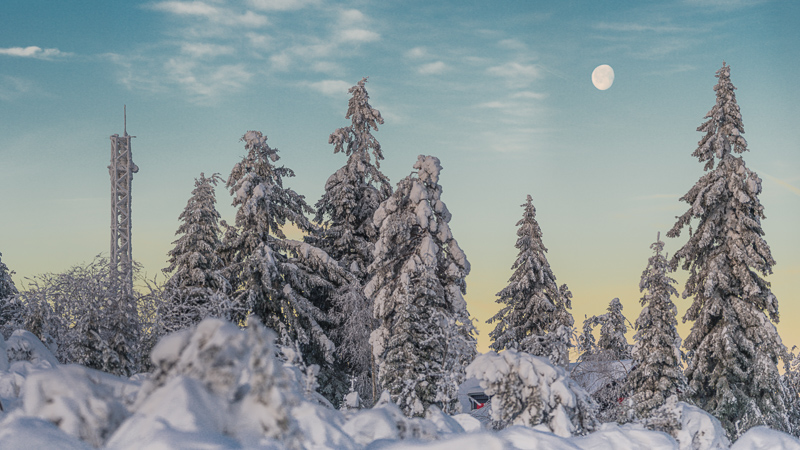
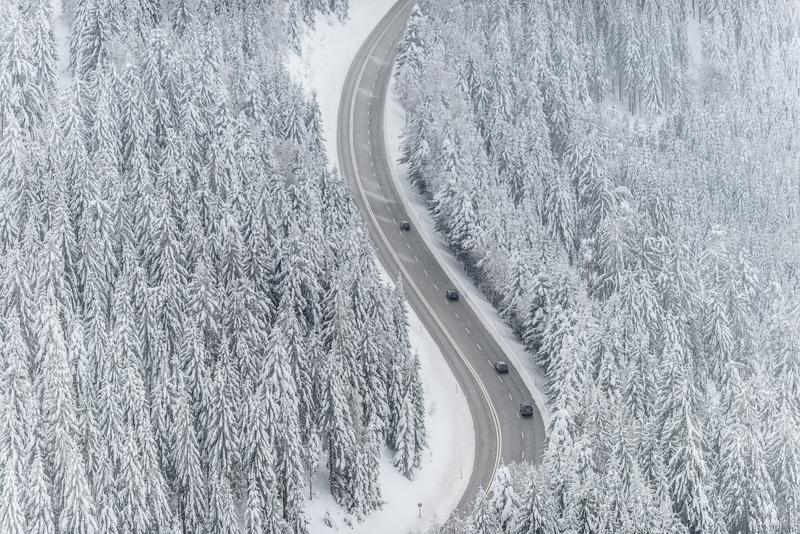

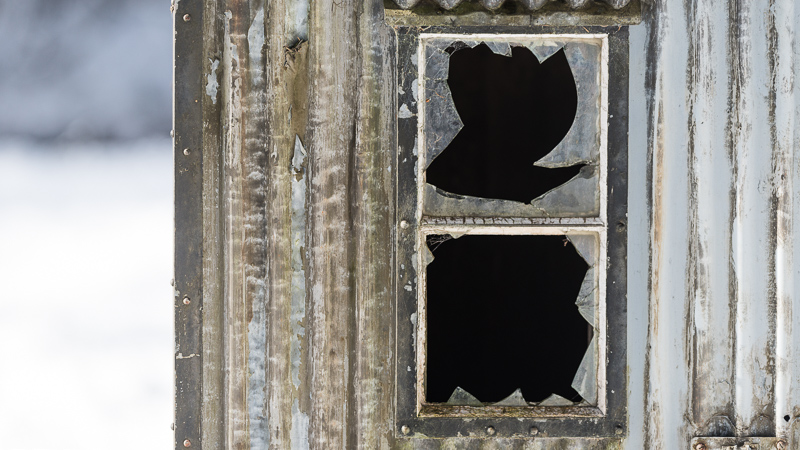
You can find most of the shots in this review in full resolution here.
Further Reading
- All Lens Reviews
- Sony FE lenses: Our Guide to Portrait Lenses
- The Best Lenses for Brenizer/Bokehpanoramas
- Review: Nikon AF 28mm 1.4D
- Review: Nikon 55mm 1.2 Ai
Support Us
Did you find this article useful or just liked reading it? Treat us to a coffee!
![]()
![]()
![]() via Paypal
via Paypal
This site contains affiliate links. If you make a purchase using any of the links marked as affiliate links, I may receive a small commission at no additional cost to you. This helps support the creation of future content.
Latest posts by BastianK (see all)
- Review: Nikon AF-S 28mm 1.4 E - November 5, 2025
- Review: Sigma 135mm 1.4 Art DG – The actual Bokeh Master - October 25, 2025
- Analogue Adventures – Part 45: Fujichrome Provia 400X (expired) - October 22, 2025
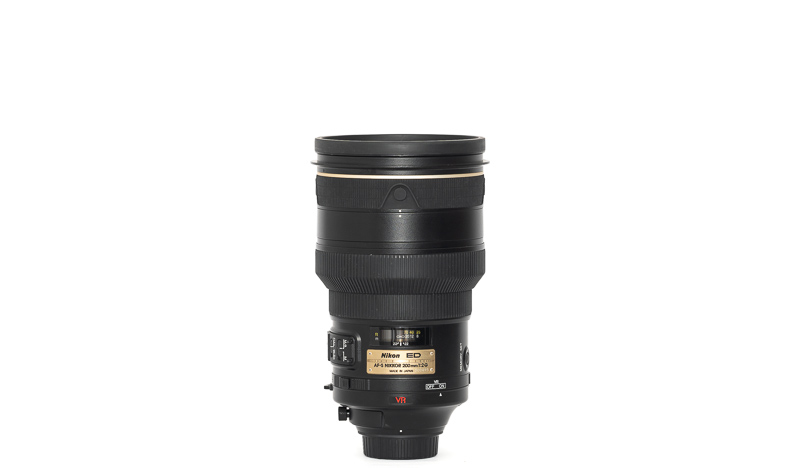
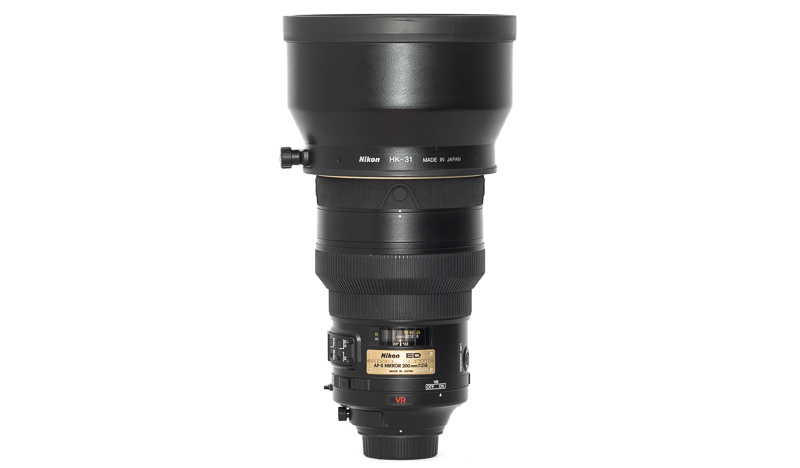
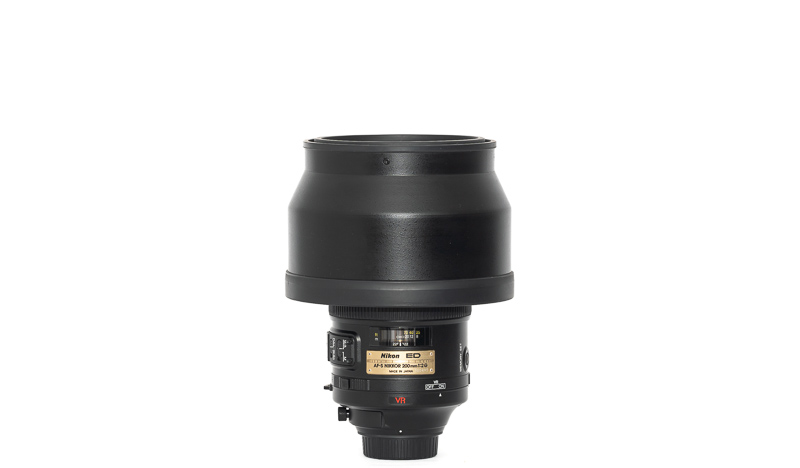



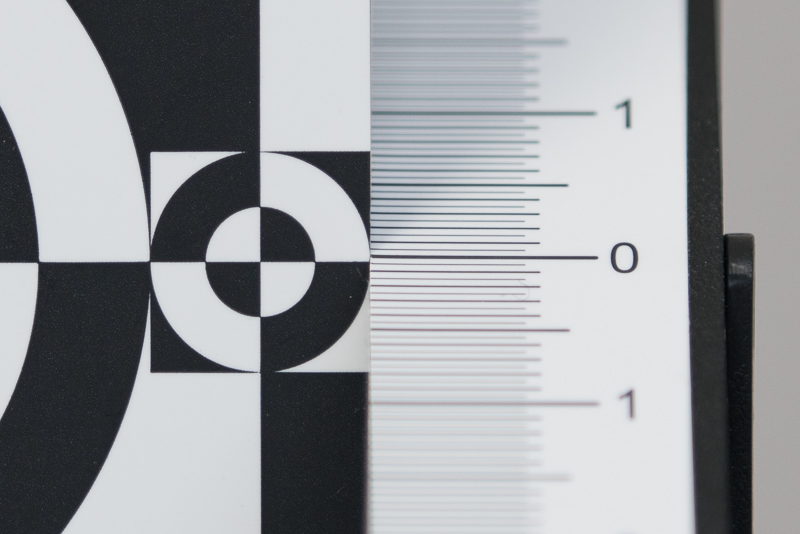
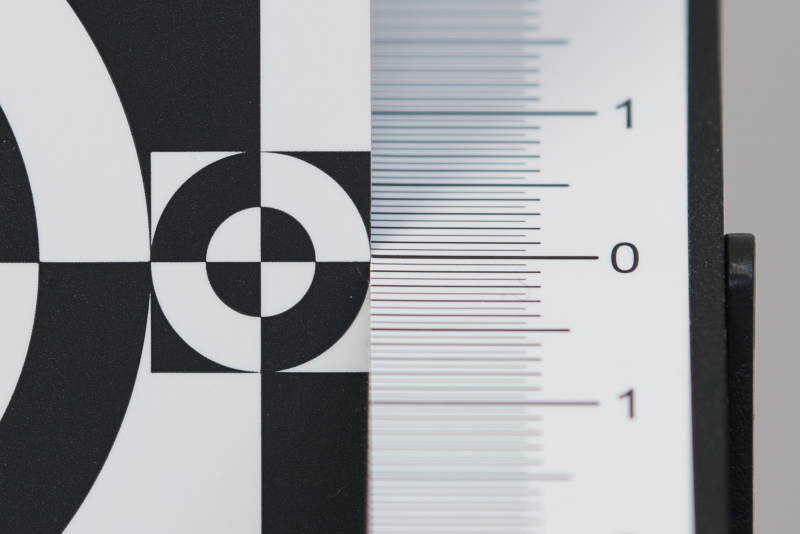
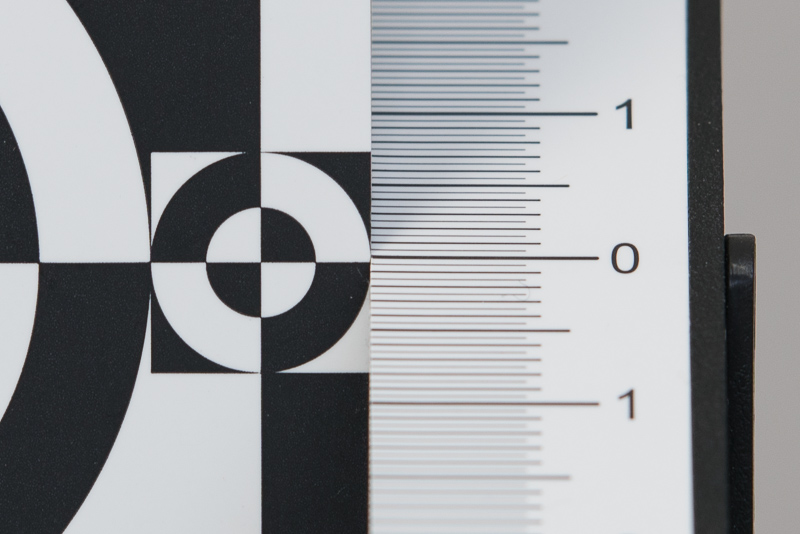
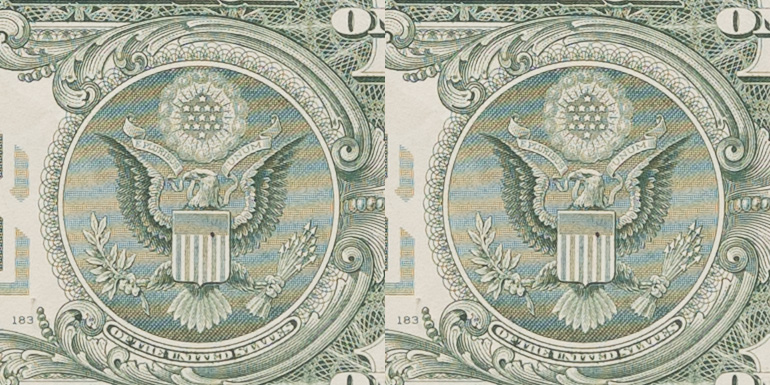

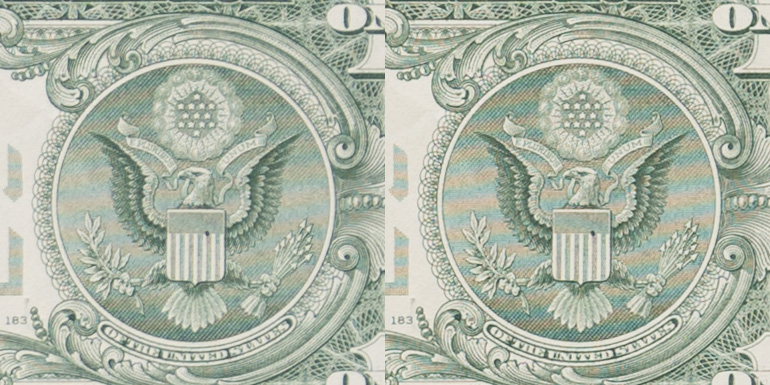




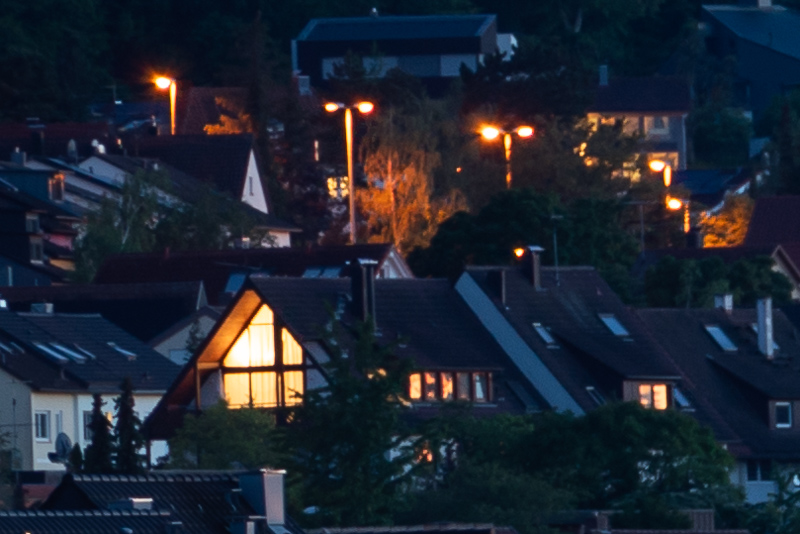
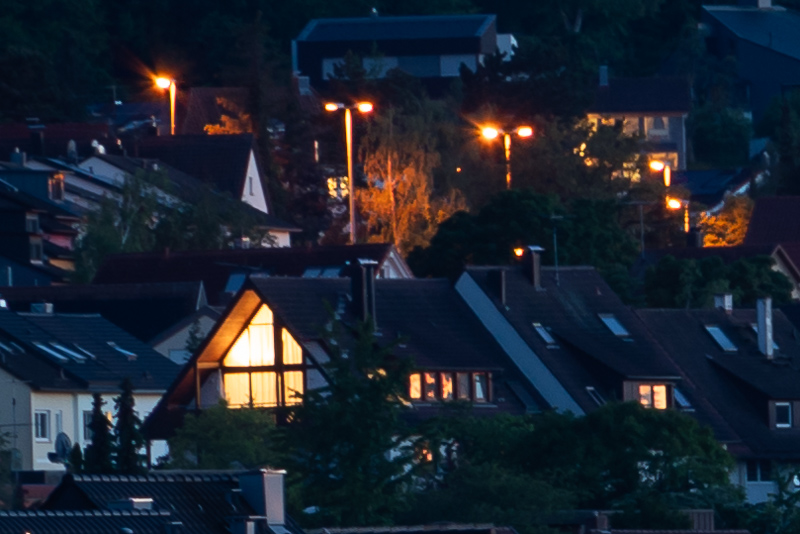
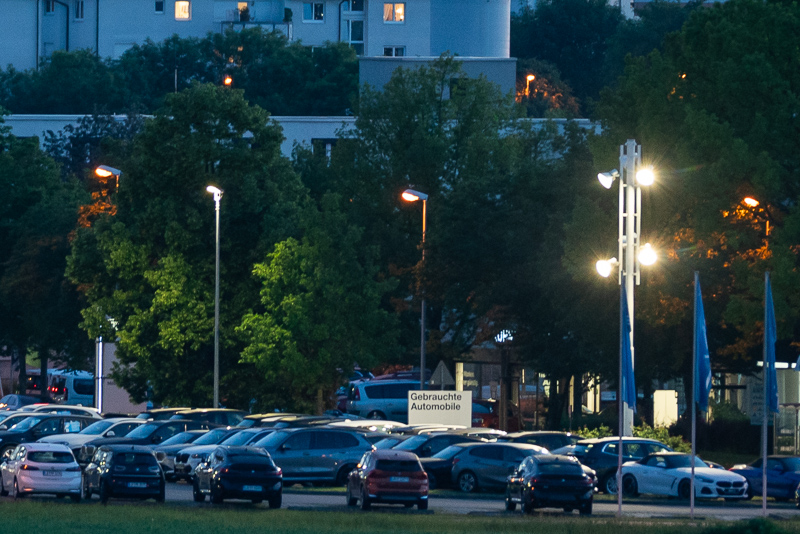
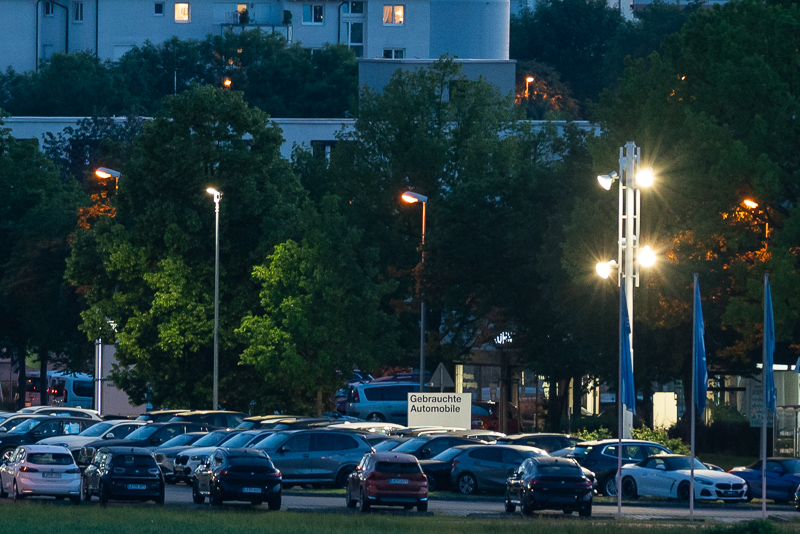
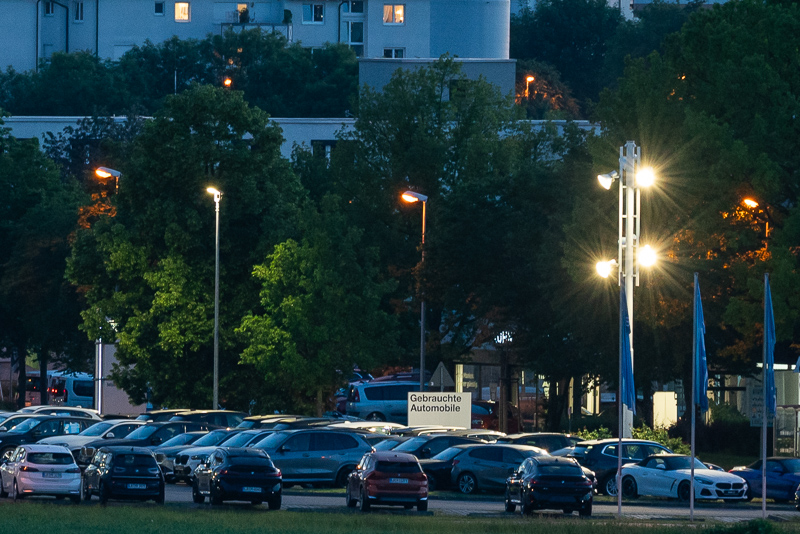
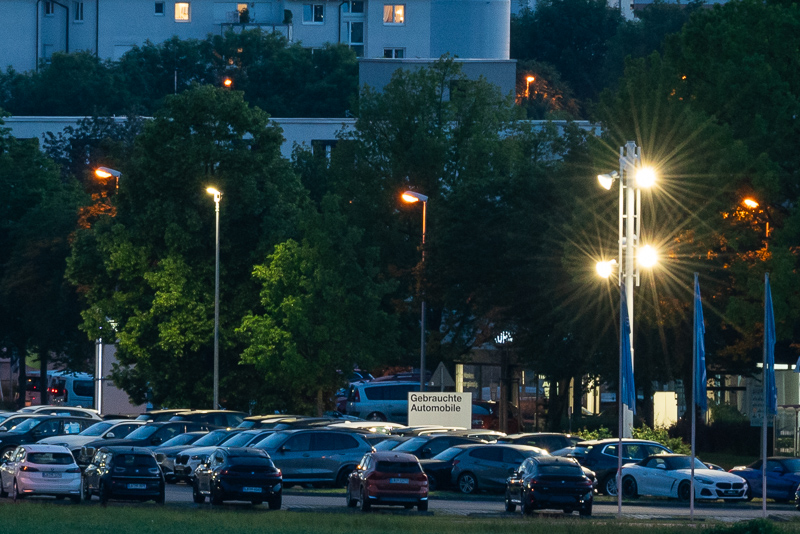

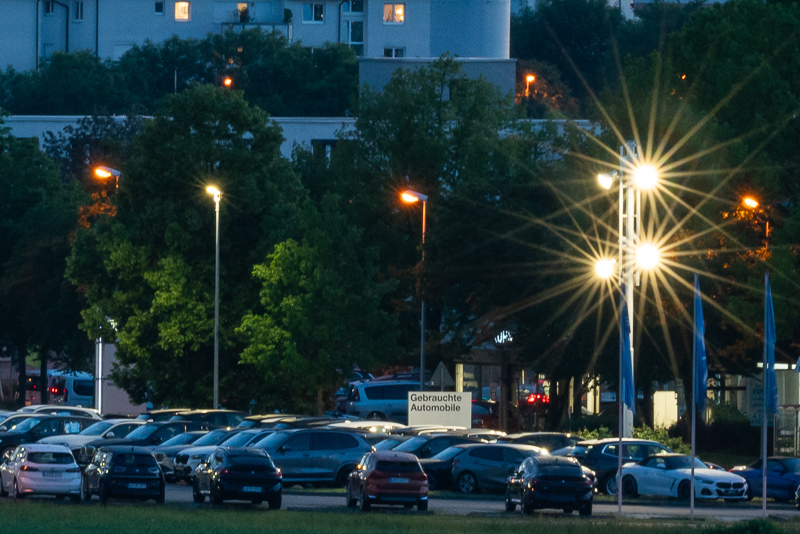
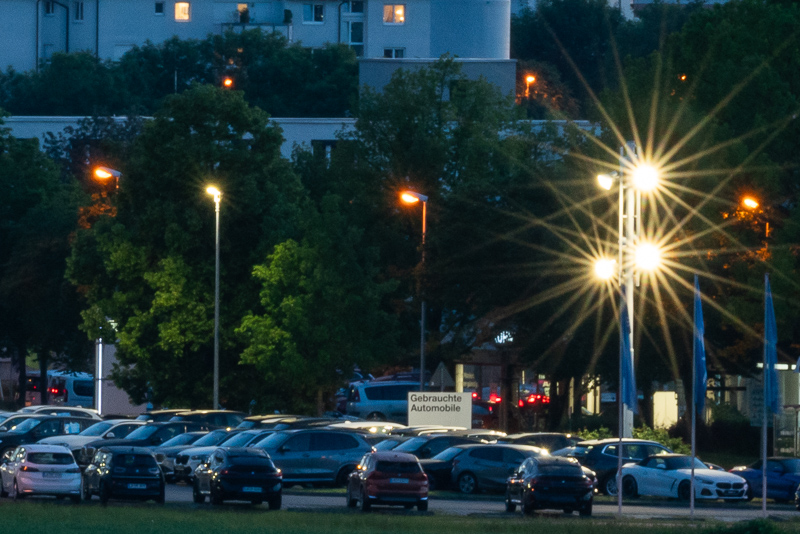
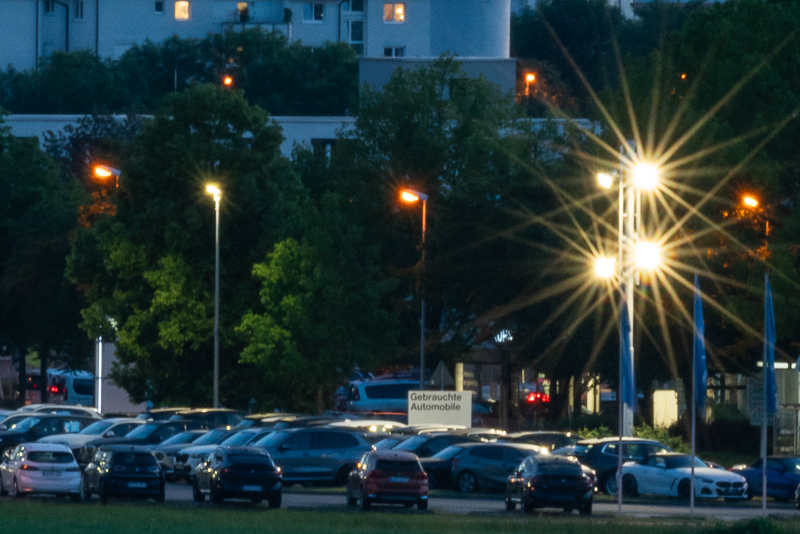
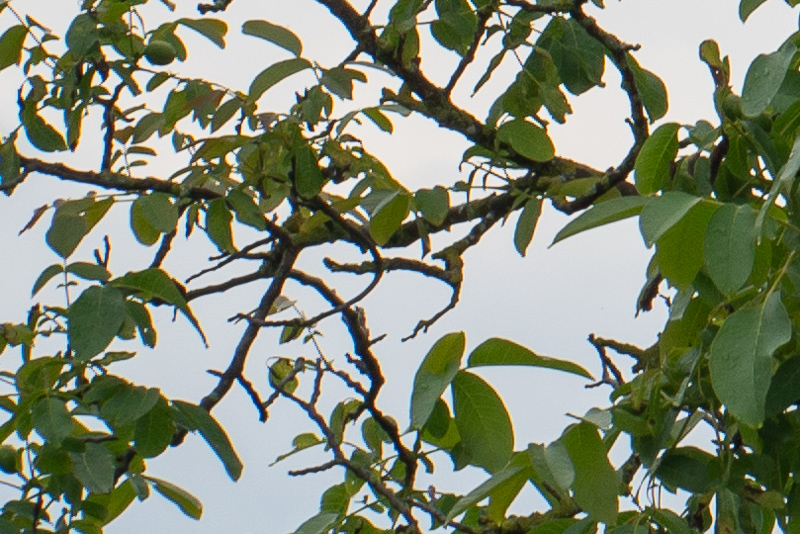
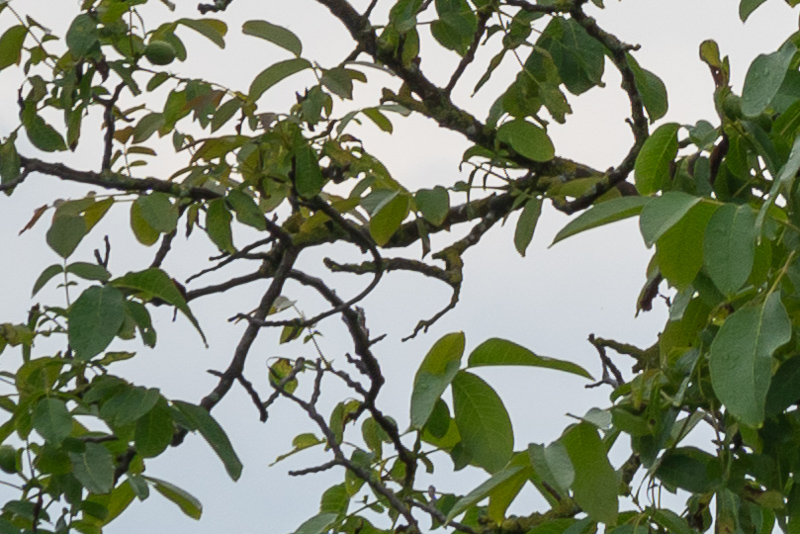
Now I know how fantastic this lens is. Images speak for themselves. Looking at them, my immediate impression was that you really enjoyed using this one; it really shows.
To me it looks like the GM 85mm F1.4 alternative in the 200mm world (kind of combining the optical qualities of MKI and MKII, at least from the artistic perspective.
Thanks very much, very good Review !!, I use that manual version 200mm 2,0 for Brenizer. And an 300mm 2,8 af, very sharp but like the 180mm 2,8, not perfect open. Grüße Michael Deinert.
Very Importent for my, to carry this heavy Equipment, an E-bike fully with Gepäckträger, and two plastic boxes, watertight.
I’m curious, how practical is that backwards / front-shifted tripod mount / foot? I’ve seen it on many old lenses but never handled a lens with this arrangement. note how Canon moved to a more familiar layout when going from the 200/1.8 to 200/2 IS.
Sure looks awkward as heck. Ditto for the Canon 200/1.8.
I never thought much of it. Doesn’t really make a notable difference to me.
“I might see a tiny bit of focus shit here between …”
Ugh :O
How does this lens compare to a lens like the sigma 105 f1,4?
You could also ask me how a 50mm 1.4 and a 100mm 2.0 compare: I couldn’t give you a useful answer, because they are very different.
:marco
If you are interested in comparison regarding DOF, they are similar when you match the subject size. The FOV would be different of course.
Stunning samples! Clearly a special lens, especially with your skill behind it!
Thank you!
Is it still difficult to find a good adapter for sony a7 family?
Great review, thanks.
Have a look here.
“Apochromatic” just means a lens is corrected for chromatic aberration in three colors instead of two (achromatic.) It doesn’t necessarily mean *better* correction (it might be “equally lousy correction for all three colors”) or say anything about other aberrations or overall performance. A lot of photographers would like to believe that “apo” is some kind of quality designation (like the “superlative chronometer” designation on a Rolex watch, which actually signifies independent testing) but it isn’t; I’m sure Bastian knows this, and I wish he would do more to discourage this view.
Incidentally, “apo” correction first became a thing in the printing industry, where (until scanners appeared) the only way to reproduce a color photo on a printing press was to make three separation negatives through red, green and blue filters and then make printing plates from those negatives. Since chromatic aberration really means a lens has slightly different focal lengths for different colors of light, an achromatic lens would cause the separation negatives to have slightly different image sizes, which naturally would cause havoc on the press… so, apochromatic process-camera lenses such as the Goertz Apo-Artar and Rodenstock Apo-Ronar (both f/9) became industry standards. Nobody really cared in the photo mainstream until the ’50s, when Paillard of Switzerland hit on the idea of using the apo(ish) correction of the 50mm Kern Macro-Switar lens it used on its Alpa cameras as a marketing point.
Small remark about Nikon fluorite usage. In official Nikon materials published a long ago in begin of 70′ there is information that Nikkor 400mm f5.6 Nikkor-P.C (non-IF) released in 1973 used a fluorite element.
There is a scan of that document on dpreview site.
dpreview.com / forums / thread / 4581366
Also UV-Nikkor 105 rekeased in 1984 contain 3rd and 5th elements made of fluorite (the others are from quartz)
Wie lange hast du gesucht, um das Ding für 1800€ zu finden?
Ich habe nach ein paar Wochen aufgegeben und es über einen Händler (wegen der Gewährleistung, falls der AF versagt) für 2650€ gekauft. Und das war schon das beste Angebot, das ich finden konnte.
Du trägst übrigens eine Mitschuld daran, dass ich es mir gekauft habe. Es ist grandios!
Hast du eine Lösung für den fehlenden Objektivdeckel? Ich sehe nicht ein 80€ für ein 3D-Druck-Teil auszugeben.
MPB hatte letztes Jahr einige in dem Preisbereich und bei eBay gab es vergleichbare Angebote.
Objektivdeckel nutze ich generell nicht, daher hat mich das bisher nicht gestört 🙂
Alles klärchen, Glück gehabt!
Als ich da schaute, lagen die alle über 3000€.
Beautiful shots! I do think the veiling flare can be an asset shooting wide open in some situations.
I didn’t like the weight balance of the 200/2.0G. The 300/2.8G is almost the same weight (the 300 is heavier), but feels lighter and is much better hand holdable.